On March 6, Manus, the world's first universal AI Agent product launched by the Chinese startup Monica, went viral on domestic tech media and social networks. On its first day online, obtaining an invitation code was extremely difficult, with some selling for as much as 50,000 yuan on second-hand platforms. However, many industry KOLs managed to get invitation codes in advance, leading to a flood of experience interpretation articles.
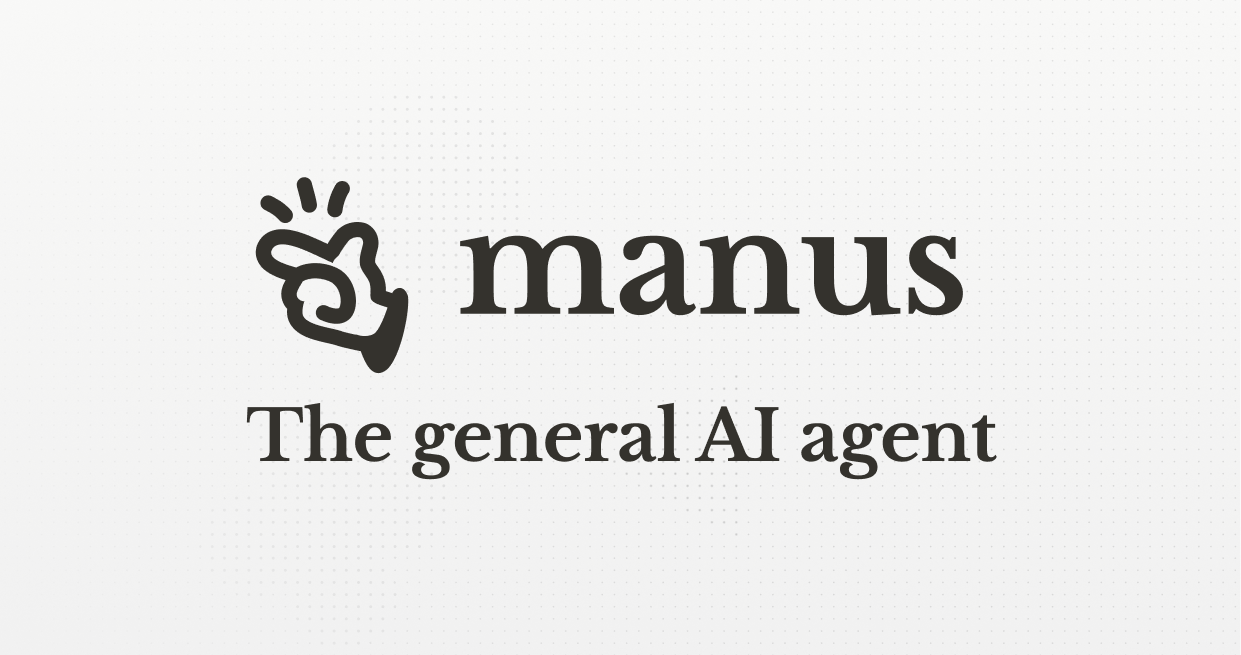
As a universal AI Agent product, Manus has the capability to autonomously complete tasks from planning to execution, such as writing reports and creating spreadsheets. It not only generates ideas but can also think independently and take action. With its powerful ability to independently think, plan, and execute complex tasks, it delivers complete results, showcasing unprecedented versatility and execution capability.
The explosive popularity of Manus has not only attracted attention within the industry but also provided valuable product ideas and design inspiration for various AI Agent developments. With the rapid advancement of AI technology, AI Agents, as an important branch of artificial intelligence, are gradually moving from concept to reality, demonstrating enormous application potential across various industries, including the Web3 sector.
Background Knowledge
An AI Agent is a computer program that can autonomously make decisions and execute tasks based on its environment, inputs, and predefined goals. The core components of an AI Agent include a large language model (LLM) as its "brain," enabling it to process information, learn from interactions, make decisions, and take actions; observation and perception mechanisms that allow it to sense the environment; reasoning processes that involve analyzing observations and memories while considering possible actions; action execution as an explicit response to thinking and observation; and memory and retrieval, which store past experiences for learning purposes.
The design patterns of AI Agents start from ReAct, with two development paths: one focusing more on the planning capabilities of AI Agents, including REWOO, Plan & Execute, and LLM Compiler; the other emphasizing reflective capabilities, including Basic Reflection, Reflexion, Self Discover, and LATS.
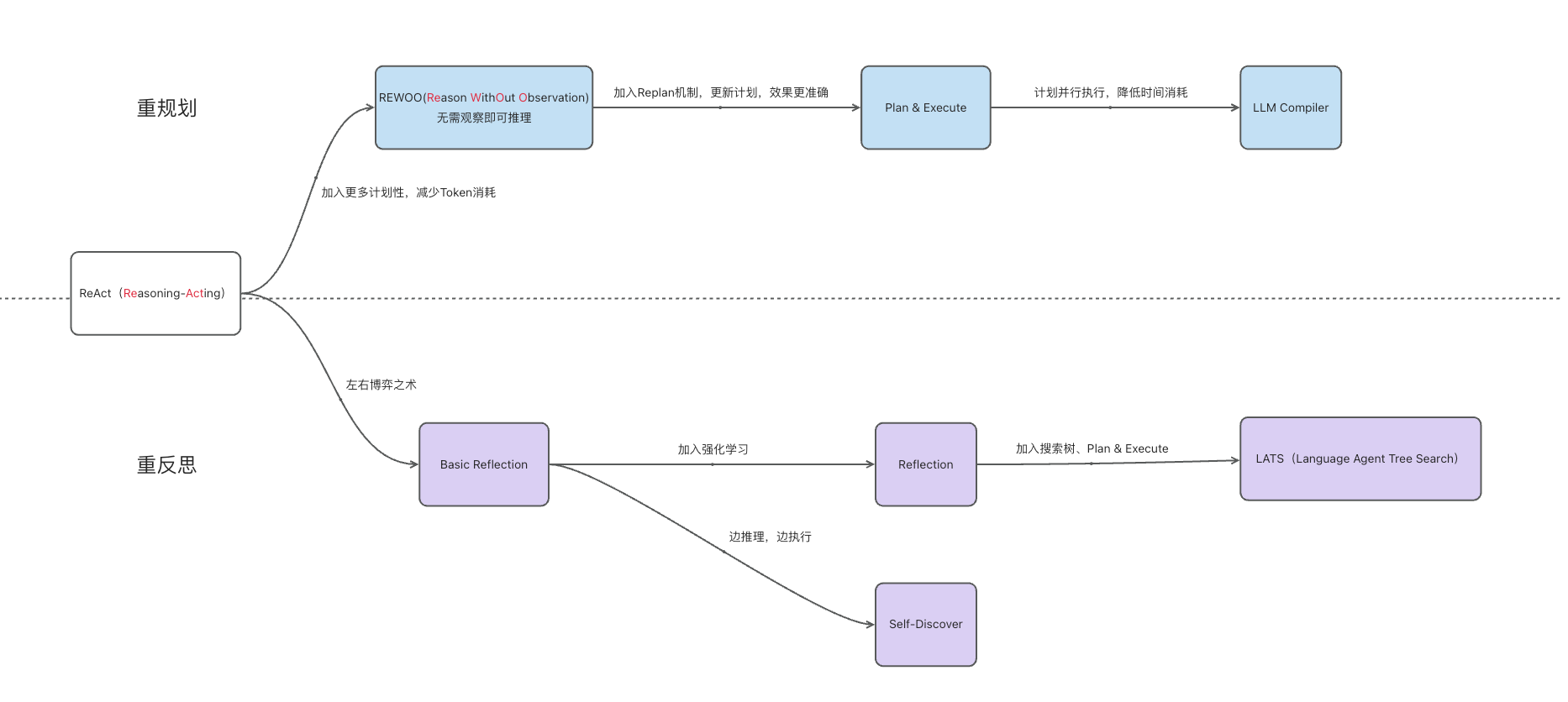
Among them, the ReAct model is the earliest AI Agent design pattern and is currently the most widely used, so we will mainly introduce the concept of ReAct here. ReAct refers to solving diverse language reasoning and decision-making tasks by combining reasoning and acting within language models. Its typical process is illustrated in the diagram below and can be described as an interesting loop: Thought → Action → Observation, abbreviated as the TAO loop.
- Thought: When faced with a problem, we need to think deeply. This thinking process involves defining the problem, identifying the key information and reasoning steps needed to solve it.
- Action: Once the direction of thought is determined, it is time to take action. Based on our thoughts, we take appropriate measures or execute specific tasks to push the problem toward a solution.
- Observation: After taking action, we must carefully observe the results. This step is to verify whether our actions were effective and whether we are closer to the answer to the problem.
- Iterative Loop
AI Agents can also be classified into Single Agent and Multi Agent based on the number of agents. The core of Single Agent lies in the collaboration between the LLM and tools, and during the task completion process, the Agent may have multiple rounds of interaction with the user. Multi Agent assigns different roles to different Agents, completing complex tasks through collaborative cooperation, but compared to Single Agent, the interaction with users is less frequent. Currently, most frameworks focus on Single Agent scenarios.
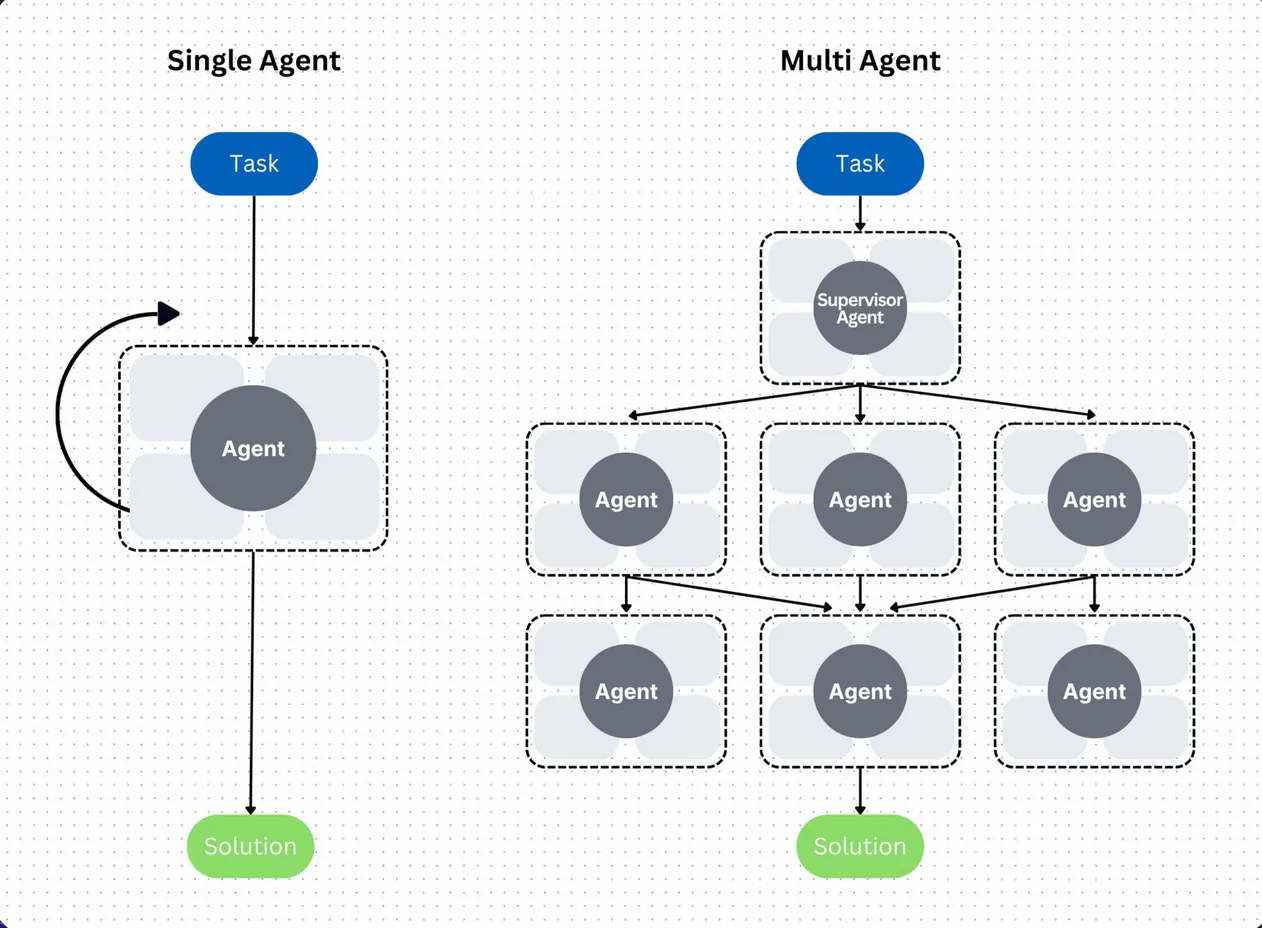
The Model Context Protocol (MCP) is an open-source protocol launched by Anthropic on November 25, 2024, aimed at solving the connection and interaction issues between LLMs and external data sources. One can liken LLMs to operating systems and MCP to USB interfaces, supporting the flexible insertion of external data and tools, allowing users to read and utilize these external data and tools.
MCP provides three capabilities to extend LLMs: Resources (knowledge extension), Tools (execution functions, calling external systems), and Prompts (pre-written prompt templates). The MCP protocol adopts a Client-Server architecture, with the underlying transmission using the JSON-RPC protocol. Anyone can develop and host an MCP Server and can take it offline at any time.
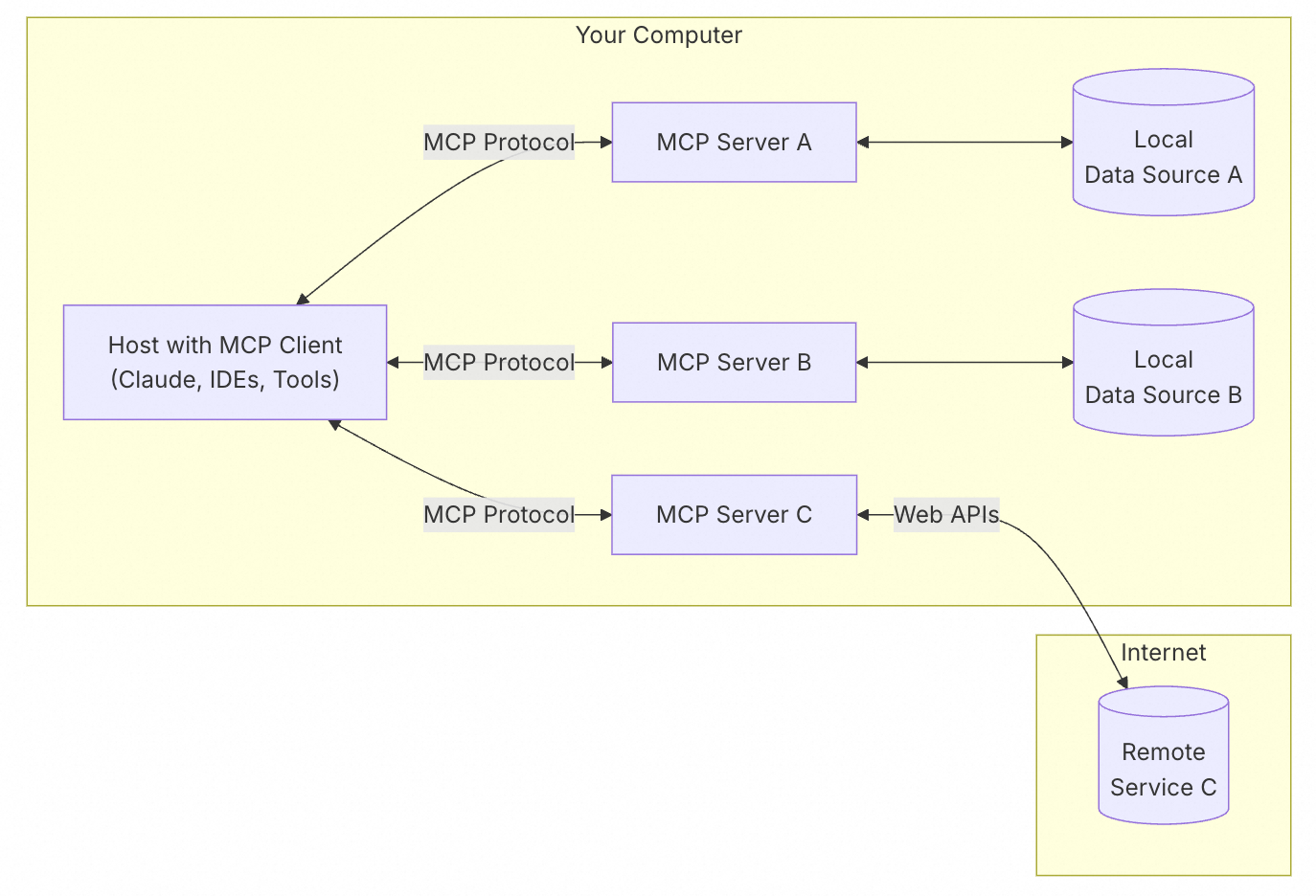
Current Status of AI Agents in Web3
In the Web3 industry, the buzz around AI Agents peaked in January of this year and has since significantly declined, with the overall market value shrinking by more than 90%. Currently, the major buzz and market value still revolve around Web3 explorations based on AI Agent frameworks, represented by the "launch platform model exemplified by Virtuals Protocol," the "DAO model represented by ElizaOS," and the "business company model represented by Swarms."
Launch platforms allow users to create, deploy, and monetize AI Agents, similar to pump.fun in the meme space but focused on AI Agents. Virtuals Protocol is currently the largest launch platform, with over 100,000 Agents issued on it. The popular "crypto KOL" AIXBT is based on Virtuals. Virtuals Protocol includes a modular Agent framework called G.A.M.E, which aims to provide developers with an efficient and open framework, making the development and launch of AI Agents as simple as building a website on WordPress.
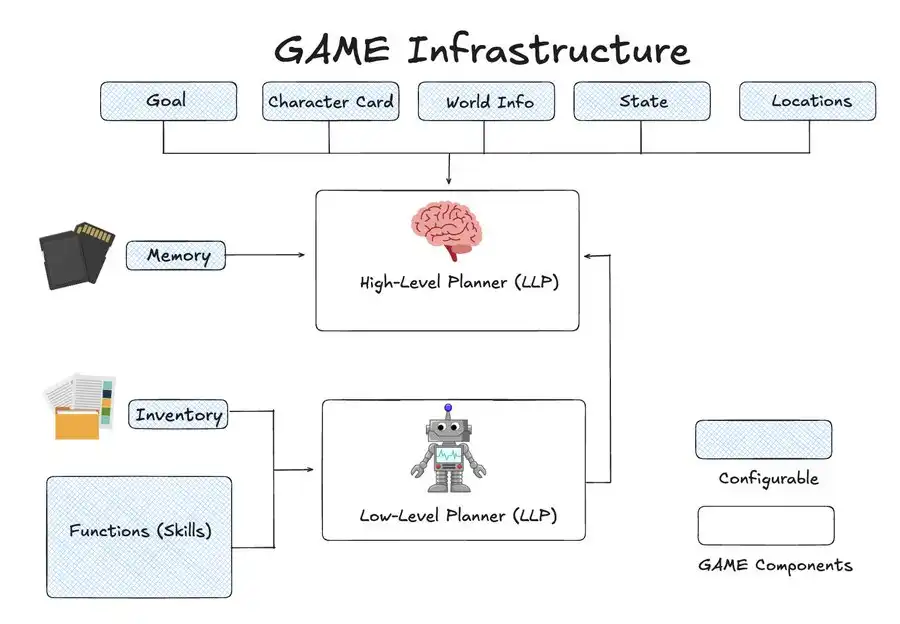
DAO stands for Decentralized Autonomous Organization. ElizaOS (formerly ai16z) was founded by @shawmakesmagic on the daos.fun platform, initially aimed at using AI models to simulate the investment decisions of the well-known venture capital firm a16z and its co-founder Marc Andreessen, combined with suggestions from DAO members for investment. It later evolved into a DAO for AI Agent developers centered around the Eliza framework. The Eliza framework is built using TypeScript, providing a flexible and scalable platform for developing AI Agents that can interact across multiple platforms while maintaining a consistent personality and knowledge.
Swarms was initiated by the current 20-year-old @KyeGomez in 2022 and is an enterprise-level Multi Agent framework. Swarms enables multiple AI Agents to collaborate like a team through intelligent orchestration and efficient cooperation, addressing complex business operation needs. Initially, Swarms was just a Web2 AI Agent project. According to the founder, Swarms has over 45 million agents running in production environments, serving the world's largest financial, insurance, and healthcare institutions. It officially transitioned from Web2 to Web3 after issuing the token $SWARMS in December 2024.
From an economic model perspective, currently, only launch platforms can achieve a self-sustaining economic closed loop. Taking Virtuals as an example:
- Agent Creation: Creators launch new AI Agents on the Virtuals platform;
- Binding Curve Setup: Creators pay 100 $VIRTUAL tokens to create a binding curve for the new agent's token, pairing it with $VIRTUAL.
- Liquidity Pool Creation: Once the binding curve limit is reached, the agent "graduates" and creates a liquidity pool for the agent token paired with $VIRTUAL, adhering to the principle of fair launch without internal personnel: no pre-mining or internal distribution, fixed total supply, and long-term liquidity lock.
In addition to charging launch fees for AI Agents, Virtuals also charges transaction fees for each agent token trade, and AI Agents accessing LLM through Virtuals' API incur inference fees. Currently, both ElizaOS and Swarms are planning to build their own launch platforms.
Of course, launch platforms also face challenges; this asset issuance model requires the issued assets themselves to have "attractiveness" to form a positive feedback loop. Currently, the vast majority of AI Agents launched are essentially memes without intrinsic value support, and once they lose market attention, they can rapidly drop to zero. In the current quiet market environment, launch platforms are even struggling to attract creators, making the economic model essentially non-operational.
MCP's Exploration in Web3
The emergence of MCP has brought new exploration directions for current AI Agents in Web3, with two intuitive directions:
- Deploy the MCP Server to the blockchain network, solving the single point issue of the MCP Server while ensuring resistance to censorship;
- The MCP Server has the capability to interact with the blockchain, such as conducting DeFi transactions and management, lowering the technical threshold.
The first direction places high demands on the underlying blockchain's storage system, data management capabilities, and asynchronous computing capabilities, and can select blockchains like 0G. 0G is a modular AI blockchain with a scalable programmable DA layer suitable for AI dapps. Its modular technology will achieve frictionless interoperability between chains while ensuring security, eliminating fragmentation, and maximizing connectivity to create a decentralized AI ecosystem.
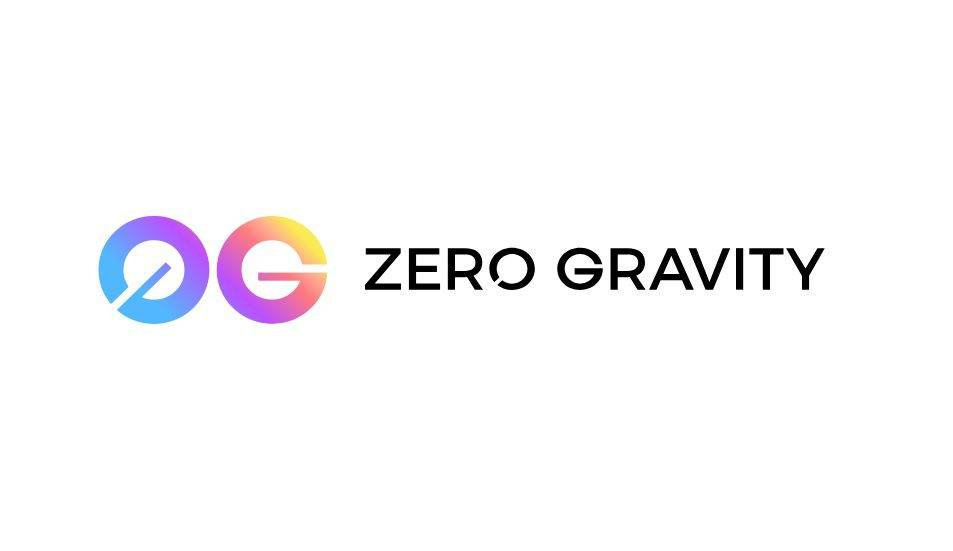
The second direction is similar to a variant of DeFAI, but currently, the backend of DeFAI consists of a series of Tool encapsulated in Function Calls. UnifAI creates a unified DeFAI MCP Server, avoiding the need to reinvent the wheel. UnifAI is a platform that allows autonomous AI agents to perform on-chain and off-chain tasks within the Web3 ecosystem. It features UniQ for task automation, an agent service marketplace, and infrastructure for tool discovery.
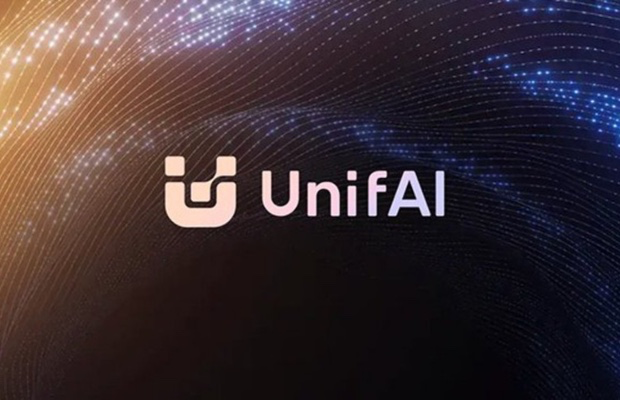
In addition to the two directions mentioned above, @brucexu_eth, the founder of LXDAO and ETHPanda, proposed a plan to build an OpenMCP.Network creator incentive network based on Ethereum. The MCP Server needs to be hosted and provide stable services, where users pay LLM providers, and LLM providers distribute actual incentives to the invoked MCP Servers through the network to maintain the sustainability and stability of the entire network, stimulating MCP creators to continue producing and providing high-quality content. This network will require the use of smart contracts to achieve automation, transparency, trustworthiness, and resistance to censorship in incentives. Signature, permission verification, and privacy protection during operation can be implemented using Ethereum wallets, ZK, and other technologies.
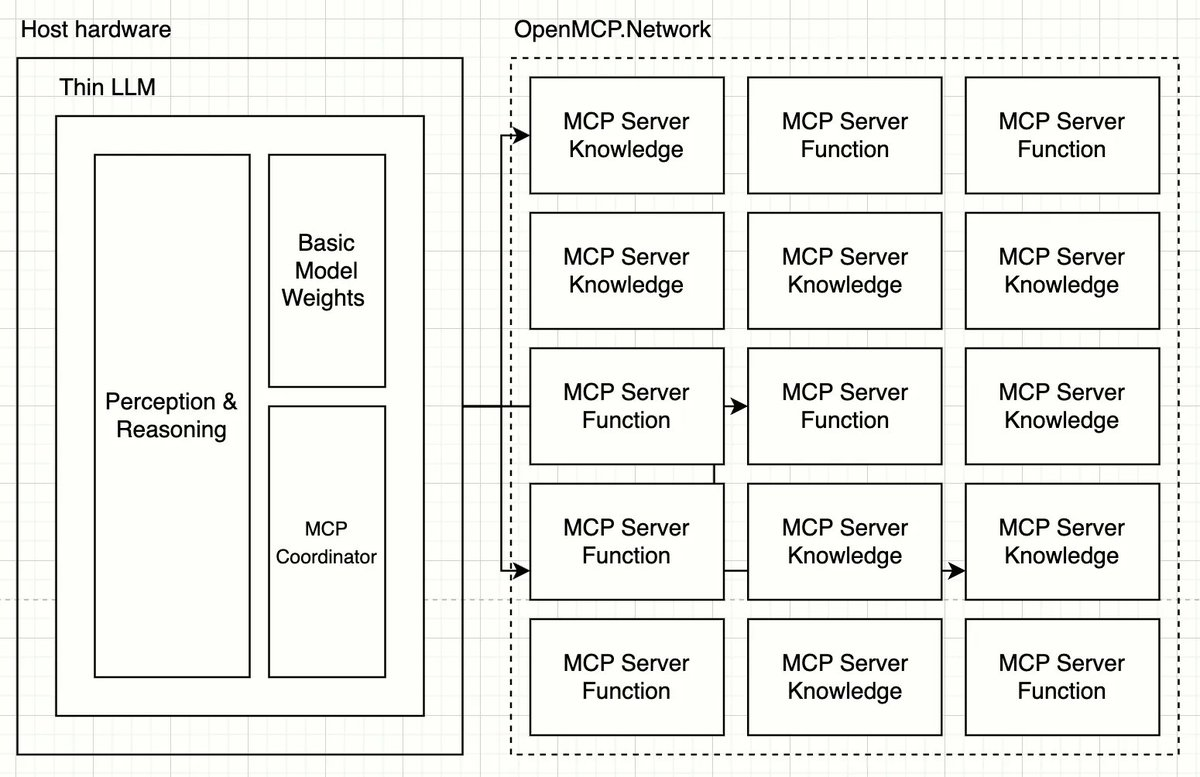
Although theoretically, the combination of MCP and Web3 can inject a decentralized trust mechanism and economic incentive layer into AI Agent applications, the current zero-knowledge proof (ZKP) technology still struggles to verify the authenticity of Agent behavior, and decentralized networks still face efficiency issues, making this not a short-term viable solution.
Conclusion
The release of Manus marks an important milestone for universal AI Agent products, and the Web3 world also needs a milestone product to break the skepticism that Web3 lacks practicality and is merely speculative.
The emergence of MCP brings new exploration directions for AI Agents in Web3, including deploying the MCP Server to the blockchain network and enabling the MCP Server to interact with the blockchain, or constructing a creator incentive network for MCP Servers.
AI is the grandest narrative in history, and for Web3, the integration with AI is inevitable. We still need to maintain patience and confidence as we continue to explore.
This article was written by pignard.eth from the ZAN Team (X account @zan_team).
Note: This article is for technical sharing only and does not constitute any recommendations or advice.
免责声明:本文章仅代表作者个人观点,不代表本平台的立场和观点。本文章仅供信息分享,不构成对任何人的任何投资建议。用户与作者之间的任何争议,与本平台无关。如网页中刊载的文章或图片涉及侵权,请提供相关的权利证明和身份证明发送邮件到support@aicoin.com,本平台相关工作人员将会进行核查。




